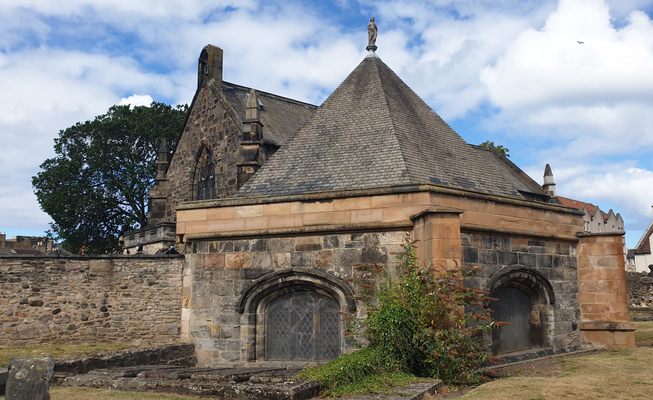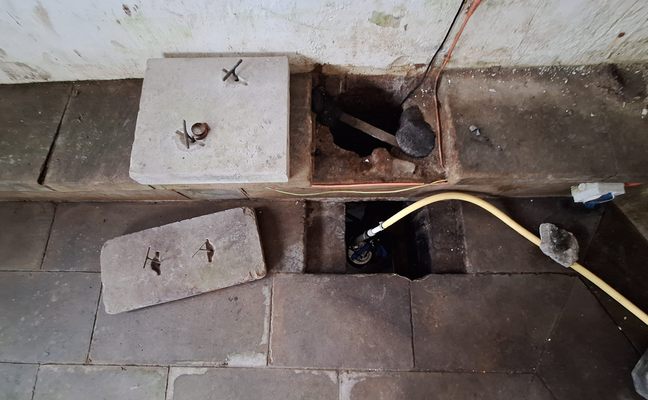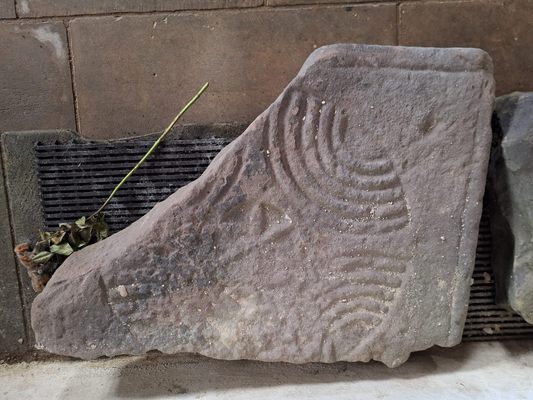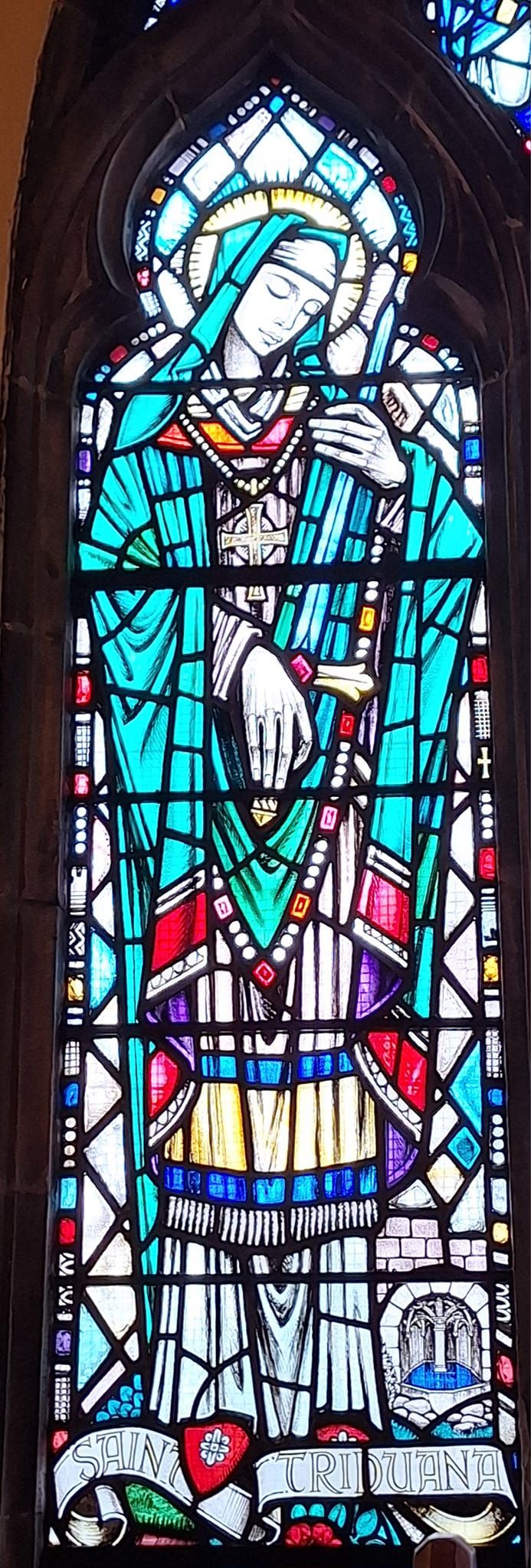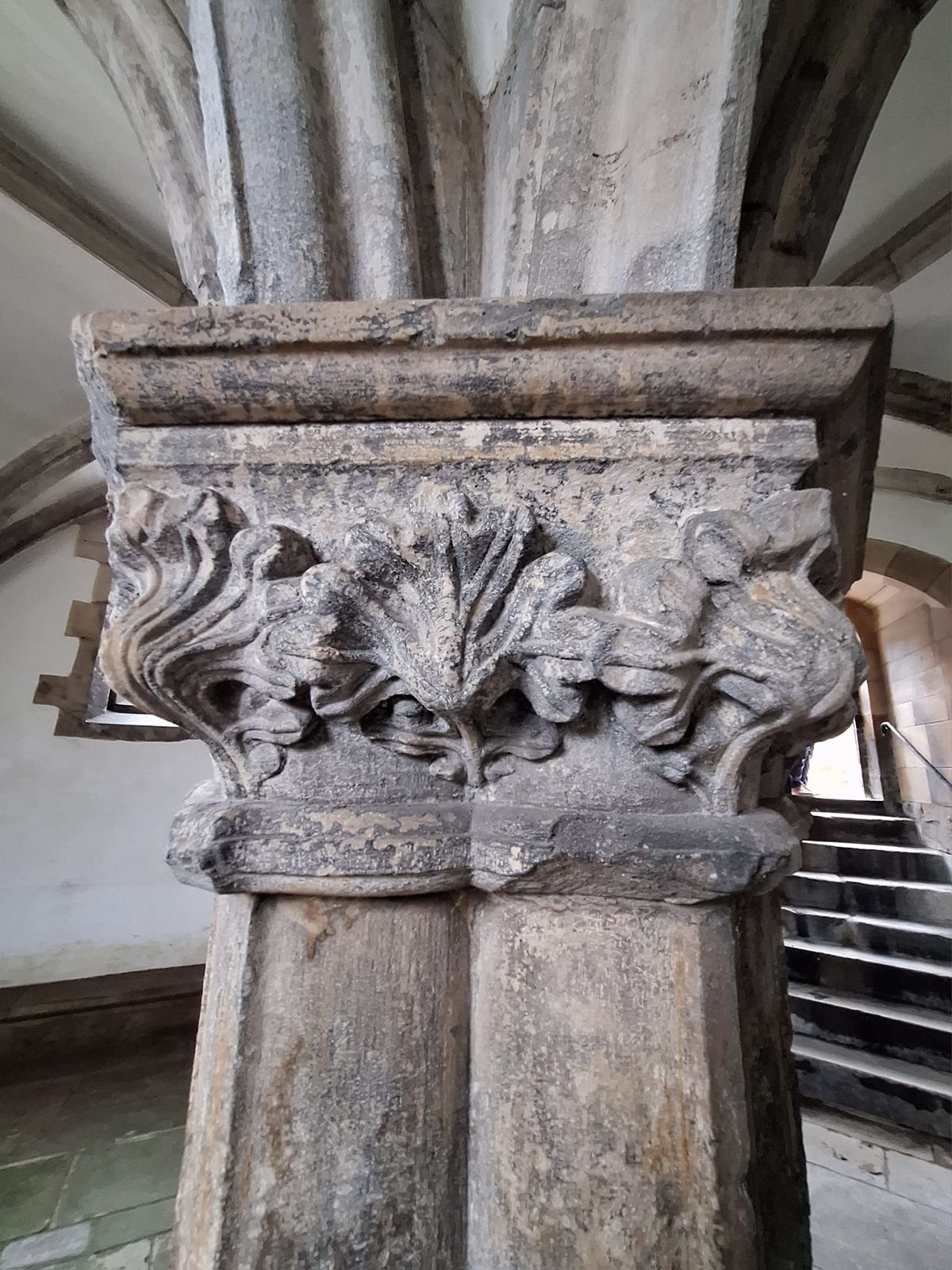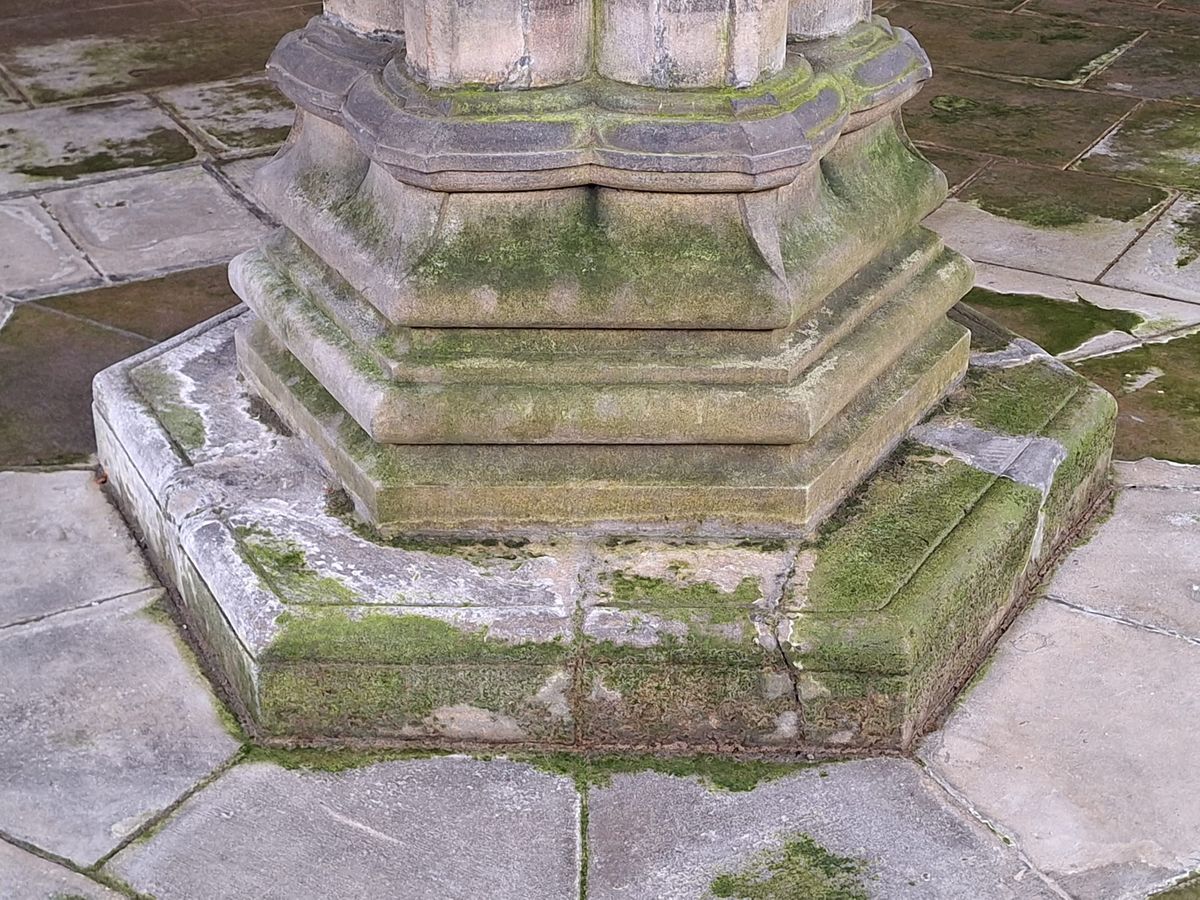About
On the outskirts of Edinburgh, in the township of Restalrig, is situated a church with a rather unusual chapel attached. What makes this structure unique is its hexagonal shape. Experts are unsure when the original building was constructed, but the structure dates back to the 15th century. It initially was a two-storied establishment, but the top tier was decimated during the Reformation. The lower portions, which were prone to flooding, became a well dedicated to St. Triduana.
St. Triduana (or Trodline) was a ninth-century Pictish saint who traveled with St. Rule as he brought the relics of St. Andrew to the Kingdom of Fife. She was a Greek woman known for her beauty and was mercilessly pursued by King Nectan. A devout woman, she asked him what he admired about her, and he replied her eyes. According to legend, she then plucked out both her eyeballs and attached them to a wooden branch, which she gave to the king.
It was then said she retired to the village of Restalrig where she performed miracles. Triduana was known to cure people who had afflictions of sight. When she died, a shrine was dedicated to her near what is now St. Margaret's Church. Because of the aforementioned flooding, the chapel became a healing well for pilgrims who sought cures for eye ailments. Today, the premises are maintained by Historic Scotland and contain a few remnants of various periods.
Related Tags
Know Before You Go
St. Triduana's Chapel has recently undergone major reconstruction and access to the interior is provided by contacting the Historic Scotland website. In time, this may change and entry may become more free flowing.
Meanwhile, the exterior is still visible and is situated amongst St. Margarets' burial ground. Here a visitor will find some fine examples of 'Memento Mori ' headstones. The surrounding perimeter wall, cobbled stone street, and several buildings give the illusion of being transported back in time.
Flavors of Scotland: Beyond the Haggis
Smoked seafood, single malt whisky, and warm hospitality.
Book NowCommunity Contributors
Added By
Published
January 25, 2024
